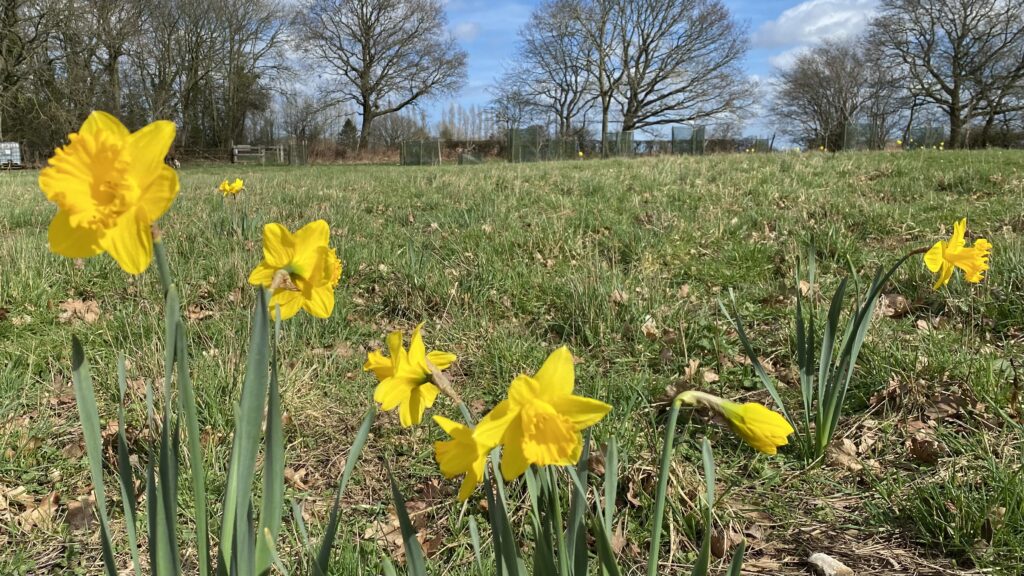Read the text below or watch this video
CPR = cardiopulmonary resuscitation
If you witness a cardiac arrest, it’s crucial to call 999 and start CPR immediately. Read this page to learn how to do CPR and watch our CPR training video for a step-by-step demonstration.
To learn how to perform CPR, follow these simple steps:
Step 1: Shake and shout
Step 2: Check for normal breathing
Step 3: Call 999
Step 4: Give 30 chest compressions
Step 5: Give two rescue breaths
Step 6: Repeat until an ambulance arrives
Remember – even if you haven’t been trained in CPR with rescue breathing, you can still use hands-only CPR.
CPR steps
To learn more about performing CPR in an emergency, read the rest of this page and scroll down for our CPR training video.
Step 1: Shake and shout
If you come across someone who is unconscious, always check for danger and look for risks before you start helping.
Check for a response – gently shake the person’s shoulders and ask loudly ‘are you alright?’
Shout for help – if someone is nearby, ask them to stay as you might need them. If you are alone, shout loudly to attract attention, but don’t leave the person.
Step 2: Check for normal breathing
Someone having a cardiac arrest won’t be breathing, or won’t be breathing normally. They also won’t be conscious.
Keeping their head back, check if the person is breathing normally by looking for:
regular chest movements
listening for breathing
feeling for breath on your cheek.
Look, listen and feel for no more than 10 seconds. Don’t confuse gasps with normal breathing. If you’re not sure if their breathing is normal, act as if it’s not normal.
If you’re sure the person is breathing normally, then put them in the recovery position and call 999.
If breathing isn’t normal, open their airway. Place one hand on the person’s forehead, gently tilt their head back, then lift their chin using two fingers of your other hand under their chin – when you do this you open their airway.
Step 3: Call 999
If the person is not breathing or not breathing normally:
ask someone to call 999 immediately and ask for an ambulance
ask someone for a public access defibrillator (PAD).
If you can’t find anyone to help, call 999 before you start CPR.
Step 4: Give 30 chest compressions
Kneel next to the person.
Place the heel of one hand in the centre of their chest. Place your other hand on top of the first. Interlock your fingers.
With straight arms, use the heel of your hand to push the breastbone down firmly and smoothly, so that the chest is pressed down between 5–6 cm, and release.
Do this at a rate of 100 to 120 chest compressions per minute – that’s around 2 per second.
Give 30 chest compressions.
Step 5: Give two rescue breaths
Open the airway again by tilting the head back and lifting the chin. Pinch the soft part of the person’s nose closed.
Take a normal breath, make a seal around their mouth and breathe out steadily.
The person’s chest should rise and fall. Keeping the person’s head back and the chin lifted, take your mouth away, take another normal breath, and give a second rescue breath. The two breaths should take no longer than five seconds.
Step 6: Repeat until an ambulance arrives
Repeat 30 compressions and two rescue breaths.
If you’d rather not give rescue breaths then call 999 and deliver hands-only CPR. That’s better than doing nothing.
Keep going until professional help arrives and takes over, or the person starts to show signs of regaining consciousness, such as coughing, opening their eyes, speaking, or breathing normally.
If you’re feeling tired, and there’s someone nearby to help, instruct them to continue.
